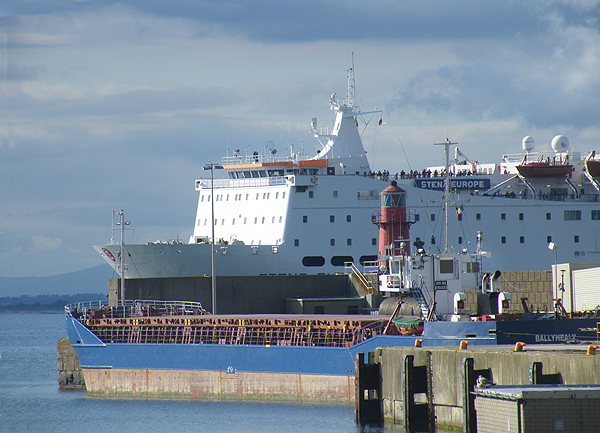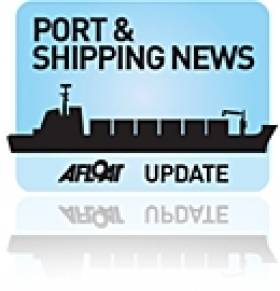Displaying items by tag: Port of Rosslare Europort
Multi-role Rosslare Europort
The port of Rosslare Europort is synonymous with ferries plying the southern Irish Sea on routes to Wales and continental services to France, writes Jehan Ashmore. Apart from ferries the port also caters for a small fishing fleet and in more recent years has been a destination point for the importation of wind-turbine componants in addition to French-built trade vehicles.
Other types of commercial shipping activity are catered for with the recent call of the Ballyheally, a Panamanian flagged, but Irish owned general dry-cargo short-sea trading vessel. Ballyhealy was awaiting orders while moored at her 'homeport' of Rosslare. Several days later, Ballyheally departed the south-east port to load scrap-metal at New Ross on 13 August. The ship was bound for Liverpool and arrived in the Mersey to berth in Canada Dock on 15 August.
Ballyheally is owned by the O'Flaherty Brothers, who operate a diverse range of shipping interests. This consists of a large fishing trawler fleet and processing plant based in nearby Kilmore Quay. In addition to operating Celtic Link Ferries Rosslare-Cherbourg route conveying passengers, freight vehicles and uniquely conveying livestock.
After the closure by P&O Irish Sea of the Rosslare-Cherbourg route, the O'Flaherty Brothers purchased the route and ship from the large ferry shipping company in 2005 so to ensure fish exports from Kilmore Quay were retained on the direct transport links to the continent to include markets in Germany, Italy, France and Spain. The 17-hour route is served by the chartered Norman Voyager,a ro-pax designed vessel.
The term Ro-Pax refers to the ferry industry terminology for a vessel designed pre-dominantly to cater for large volumes of freight vehicles across most of the vessels decks. In addition to incorporating a small passenger capacity though with less facilities than those available on conventional ferries. Ro-Pax vessels tend to have a higher speed than standard ferries, suiting the demands of freight customers and condusive to daily deliveries of supermarket perishable products.

























































